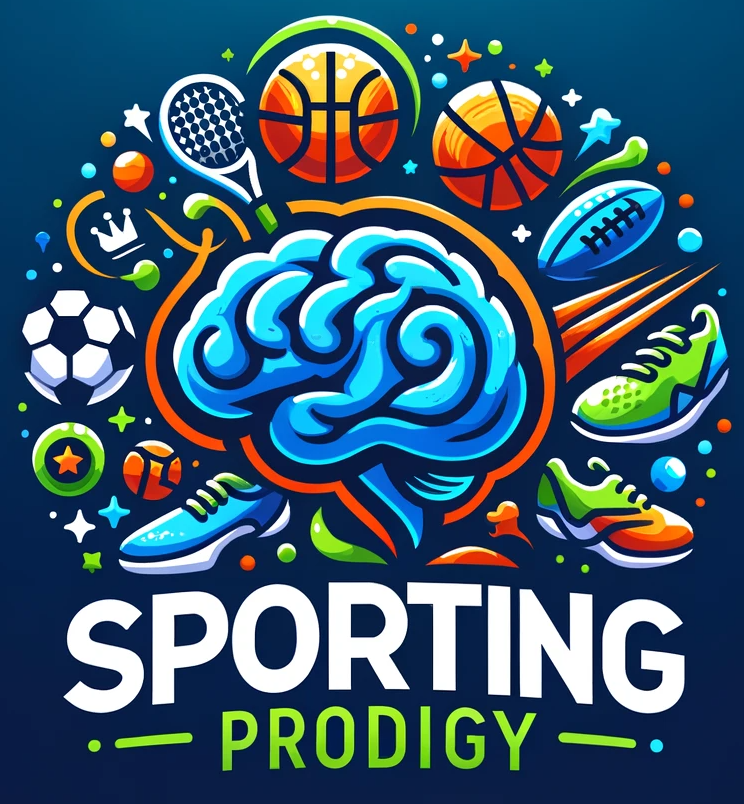Coaching teenage athletes requires more than just teaching the skills and strategies of a sport. At the core of effective coaching lies the ability to nurture an athlete’s intrinsic motivation and sense of self-determination. Understanding self-determination and its profound impact on sports performance is essential for any coach aiming to bring out the best in their young athletes. This guide delves into the concept of self-determination, how to recognize its absence, and practical strategies to cultivate it within a sports context.
Understanding Self-Determination
Self-determination theory (SDT), developed by psychologists Edward Deci and Richard Ryan, is a framework for understanding human motivation. It posits that people are motivated to grow and change by three innate and universal psychological needs: autonomy, competence, and relatedness.
- Autonomy refers to the need to feel in control of one’s actions and decisions. When athletes feel autonomous, they perceive their behavior as self-endorsed and aligned with their values and interests.
- Competence is the need to feel effective and capable of achieving desired outcomes. Athletes who feel competent are more likely to take on challenges and persist through difficulties.
- Relatedness involves feeling connected and valued by others. This sense of belonging and social support is crucial for maintaining motivation and well-being.
In the context of sports, these needs must be met for athletes to thrive. When these needs are satisfied, athletes experience higher levels of intrinsic motivation, which leads to enhanced performance, persistence, and overall well-being.
Recognizing the Absence of Self-Determination
Identifying when an athlete is lacking self-determination can be challenging but crucial for intervention. Here are some signs that may indicate a deficiency in one or more of the core needs:
- Lack of Motivation: If an athlete consistently shows little interest in training or competition, it may indicate a lack of autonomy or competence.
- Avoidance of Challenges: Reluctance to take on new challenges or tasks might suggest feelings of incompetence.
- Isolation from Team: If an athlete seems disconnected from teammates or avoids social interactions, they may be lacking in relatedness.
- Burnout: Chronic stress, fatigue, and a decline in performance can be signs that the athlete’s psychological needs are not being met.
Strategies for Fostering Self-Determination
Coaches play a pivotal role in nurturing self-determination among their athletes. Here are practical strategies to enhance autonomy, competence, and relatedness in a sports setting:
1. Enhancing Autonomy
To foster a sense of autonomy, athletes need to feel that they have a say in their training and competitive experiences. Here’s how coaches can support this need:
- Provide Choice: Allow athletes to have a say in certain aspects of their training. This could include choosing drills, setting personal goals, or deciding on warm-up routines. Even small choices can significantly enhance feelings of autonomy.
- Encourage Self-Reflection: Encourage athletes to reflect on their performances and identify areas for improvement. This promotes a sense of ownership over their development.
- Respect Individual Differences: Recognize and respect the unique preferences and interests of each athlete. Tailoring training programs to align with these can enhance motivation and engagement.
- Collaborative Goal Setting: Involve athletes in setting their own goals. This collaborative approach ensures that goals are meaningful and personally relevant, increasing their commitment and effort.
2. Building Competence
Feeling competent and capable is essential for motivation. Coaches can help athletes build competence through the following strategies:
- Skill Development: Provide opportunities for athletes to learn and master new skills. Break down complex skills into manageable steps and celebrate incremental progress.
- Constructive Feedback: Offer specific, constructive feedback that focuses on effort and improvement rather than just outcomes. Highlighting progress reinforces a sense of competence.
- Appropriate Challenges: Design training sessions that are appropriately challenging for each athlete’s skill level. Challenges that are too easy or too difficult can undermine feelings of competence.
- Positive Reinforcement: Recognize and reward effort and improvement. Positive reinforcement can boost an athlete’s confidence and encourage continued effort.
3. Strengthening Relatedness
A sense of belonging and connection with others is vital for sustaining motivation. Coaches can strengthen relatedness through the following approaches:
- Team Building Activities: Organize activities that promote team cohesion and foster strong interpersonal relationships. This could include team-building exercises, social events, or community service projects.
- Create a Supportive Environment: Cultivate a team culture where athletes feel valued and supported by both coaches and peers. Encourage open communication and mutual respect.
- Show Genuine Interest: Take the time to get to know each athlete individually. Show genuine interest in their lives outside of sports, and provide emotional support when needed.
- Peer Mentorship: Implement a mentorship program where more experienced athletes can support and guide younger or less experienced teammates. This can enhance the sense of relatedness and provide additional social support.
Implementing a Holistic Approach
To effectively foster self-determination, coaches should adopt a holistic approach that integrates these strategies into their coaching philosophy and daily practices. Here’s how to create an environment that supports self-determined motivation:
1. Developing a Positive Coaching Style
Adopt a coaching style that is supportive, empathetic, and autonomy-promoting. Avoid overly controlling or authoritarian approaches, as these can undermine athletes’ sense of autonomy and relatedness. Instead, focus on being a facilitator of growth, offering guidance and support while allowing athletes to take ownership of their development.
2. Encouraging a Growth Mindset
Promote a growth mindset by emphasizing the value of effort, learning, and improvement over innate talent or winning. Help athletes understand that abilities can be developed through dedication and hard work. This mindset fosters resilience and a willingness to embrace challenges, enhancing both competence and autonomy.
3. Creating a Safe and Inclusive Environment
Ensure that the training environment is safe, inclusive, and free from discrimination or bullying. Athletes should feel comfortable expressing themselves and taking risks without fear of judgment or ridicule. An inclusive environment enhances relatedness and allows athletes to thrive.
4. Regularly Assessing Athlete Well-Being
Regularly check in with athletes to assess their well-being and satisfaction with their training and competitive experiences. This can be done through formal assessments, such as surveys, or informal conversations. Use this feedback to make necessary adjustments to training programs and support strategies.
5. Encouraging Balance
Promote a balanced approach to sports that allows athletes to maintain other important aspects of their lives, such as academics, social relationships, and personal interests. Encouraging balance helps prevent burnout and supports overall well-being.
Practical Examples
To illustrate the application of these strategies, consider the following practical examples:
Example 1: Empowering Decision-Making
Coach Sarah notices that her soccer team is lacking motivation during training sessions. To address this, she decides to implement a weekly team meeting where players can discuss their training preferences and suggest drills they enjoy. She also involves the team in setting collective goals for the season. By giving her athletes a voice in the decision-making process, Sarah enhances their sense of autonomy and commitment.
Example 2: Providing Specific Feedback
Coach John works with a group of swimmers, one of whom, Emily, is struggling with her backstroke technique. Instead of simply telling Emily what she’s doing wrong, John provides specific, actionable feedback and demonstrates the correct technique. He sets small, achievable goals for Emily and praises her progress, no matter how incremental. This approach boosts Emily’s confidence and competence in her backstroke.
Example 3: Building Team Cohesion
Coach Maria leads a basketball team with players from diverse backgrounds. To strengthen relatedness, she organizes regular team-building activities, such as trust exercises and team dinners. She also establishes a mentorship program where senior players mentor the newer members. By fostering a supportive and inclusive team culture, Maria ensures that each player feels valued and connected.
Fostering Self-Determination
Fostering self-determination in teenage athletes is a vital aspect of effective coaching. By understanding and addressing the core psychological needs of autonomy, competence, and relatedness, coaches can enhance their athletes’ intrinsic motivation, performance, and overall well-being. Implementing strategies to support these needs requires a holistic and empathetic approach, but the rewards are substantial. Athletes who feel empowered, capable, and connected are not only more likely to achieve their potential in sports but also carry these positive attributes into other areas of their lives.
As a coach, your role extends beyond teaching the technicalities of a sport; you are a mentor and a guide, shaping the future of young individuals. By prioritizing self-determination, you can make a lasting impact on your athletes, fostering not only better performers but also more motivated, resilient, and fulfilled individuals.

